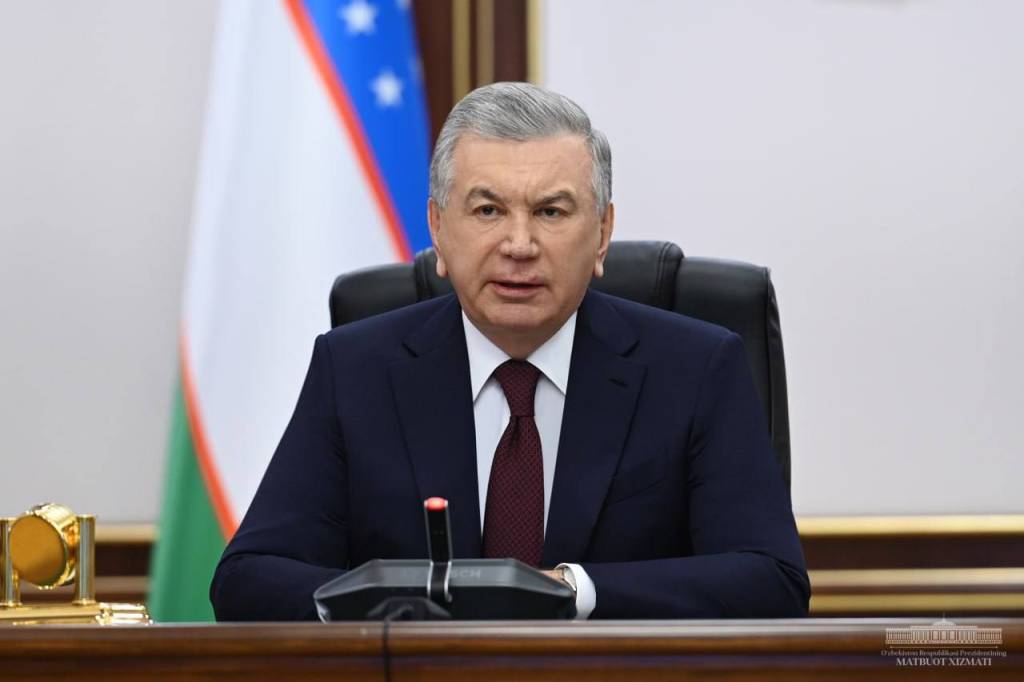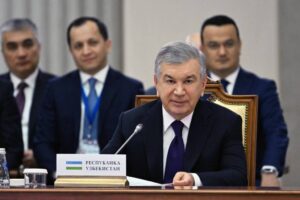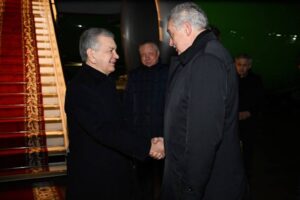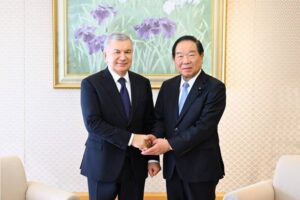President Mirziyoyev Urges Accelerated Economic Development and Investment in Bukhara Region

Bukhara, The Gulf Observer: On November 29, President Shavkat Mirziyoyev chaired a pivotal meeting focused on unlocking the untapped economic potential of the Bukhara region, with an emphasis on increasing investment inflows, creating employment opportunities, and boosting regional development indicators.
The Bukhara region, historically reliant on agriculture, has seen transformative changes over the past seven years, with over $4 billion in investments fueling growth in industries such as energy, electrical engineering, chemical production, pharmaceuticals, textiles, and leather manufacturing. Additionally, Bukhara’s rich cultural heritage attracted 1.5 million foreign tourists in the past year, underscoring its rising prominence in the tourism sector.
Progress and Challenges
President Mirziyoyev highlighted the significant momentum generated by his visit to the region earlier this year from May 31 to June 1, during which critical development objectives were outlined. These tasks are on track for completion by the year’s end. However, the President emphasized the importance of ensuring sustained economic growth, job creation, and improved welfare for the population in 2025 and beyond.
Despite these achievements, the President noted that Bukhara’s current economic performance falls short of its vast potential. Investment development, poverty alleviation, and unemployment reduction were deemed insufficient, necessitating urgent and intensified efforts.
Strategic Focus Areas
To address these challenges, hokims (regional governors), their deputies, and sector heads were instructed to operate in an emergency mode for the next six months, concentrating on the following areas:
- Driver Projects: Implementation of 70 strategic projects inspired by successful initiatives in districts such as Saykhunobod and Gijduvan. These projects are expected to generate income for 150,000 people and lift 40,000 residents out of poverty.
- Specialized Industries: Each district will leverage its unique resources to specialize in specific industries. For instance:
- Peshku and Shafirkan: Building materials and textiles.
- Kagan, Alat, and Jondor: Food processing.
- Gijduvan and Romitan: Chemical production.
This industrial specialization is projected to attract $150 million in investments, establish 411 small businesses, and create 12,000 jobs.
Key Initiatives
Several major initiatives were announced to accelerate the region’s development:
- Textile Factories: Four new facilities in Vabkent, Karakul, Jondor, and Alat will receive investments of $320 million, doubling textile output and creating 5,000 jobs.
- Tourism Expansion: Efforts to increase foreign tourist numbers to 2.2 million in 2025, bolstered by the opening of 69 new hotels and 2,000 craft shops, are expected to generate $600 million in tourism exports.
- Agricultural Growth: Development of 20,000 hectares of new farmland will allow the cultivation of an additional 100,000 tons of crops and provide employment for 2,000 individuals. Pistachio cultivation on unused pastures spanning over 2 million hectares will further enhance agricultural output.
Investment and Export Targets
In 2025, the region aims to attract $2 billion in foreign investments to implement 106 projects, create 105,000 permanent jobs, and increase exports by $350 million.
Presidential Directives
President Mirziyoyev urged regional leaders to intensify their efforts, review existing plans, and submit revised proposals for a new development resolution. The President reiterated the urgency of delivering tangible results to maximize the region’s potential and uplift the living standards of its residents.
This strategic push reaffirms the Uzbek government’s commitment to fostering regional development, enhancing economic performance, and ensuring long-term prosperity for the Bukhara region.


